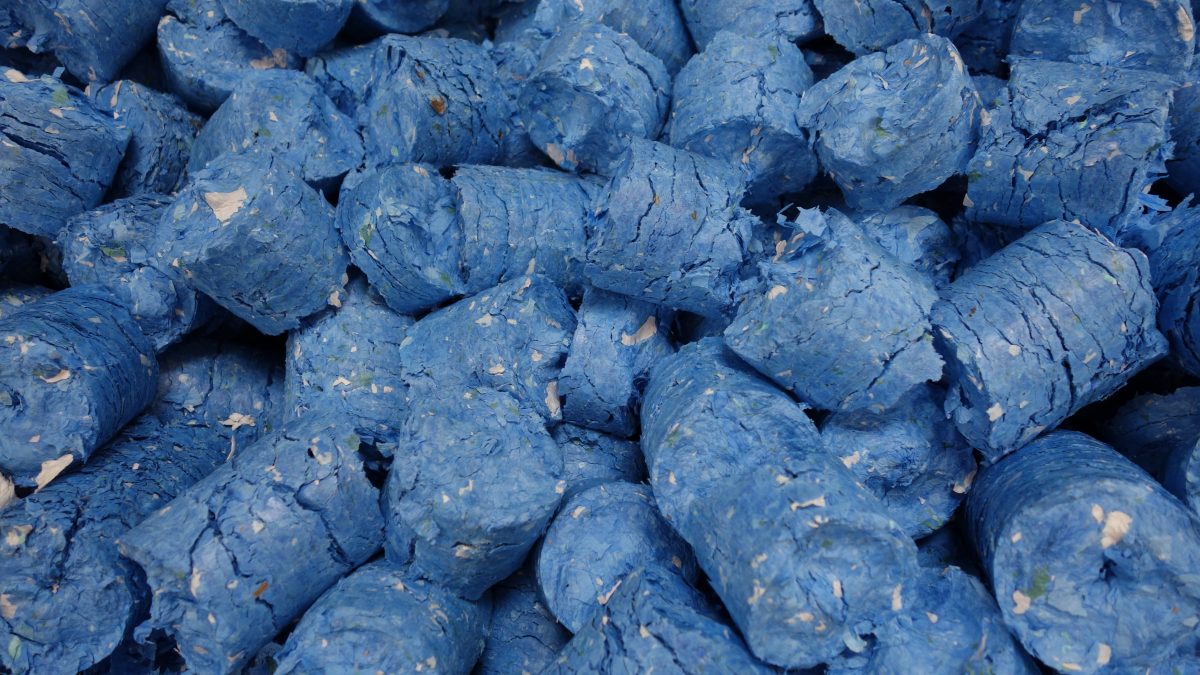The term ‘waste/non-biomass’ refers to materials that are typically discarded bi-products or materials considered unusable in their current form. Unlike biomass, which consists of organic materials like wood, agricultural residues, or animal waste, non-biomass waste encompasses a wide range of materials such as plastics, paper, textiles, and metals. These materials are often generated from industrial processes, household consumption, or commercial activities and pose significant challenges for disposal and environmental impact.

The conversion of waste/non-biomass into briquettes offers numerous environmental benefits. By diverting these materials from landfills, briquetting contributes to the reduction of greenhouse gas emissions and minimizes the environmental footprint associated with waste disposal. This not only reduces reliance on finite resources but is also part of a circular economy where waste is viewed as a valuable resource rather than a burden. By briquetting waste/ non-biomass the volume reduction likewise has an impact on the need for fuel for transportation, thereby reducing the CO2 footprint.
A diverse array of materials falls under the category of waste/non-biomass. Household waste, comprising items such as plastics and paper represents a significant portion of the waste stream.
Commercial and industrial waste, including materials like cardboard, PUR/ Insulation, MDF, and textiles, also present opportunities for briquetting. By compacting these materials into briquettes, businesses can streamline their waste management processes and potentially generate additional revenue streams from the sale of briquettes as raw materials or fuel sources. Furthermore, unconventional forms of waste/non-biomass, such as old money or discarded carpets, may also be suitable for briquetting depending on their composition and properties.

One of our French customers had a company producing different types of paper products – adhesive and non-adhesive. It was expensive to dispose of the waste, so he needed to find a solution.